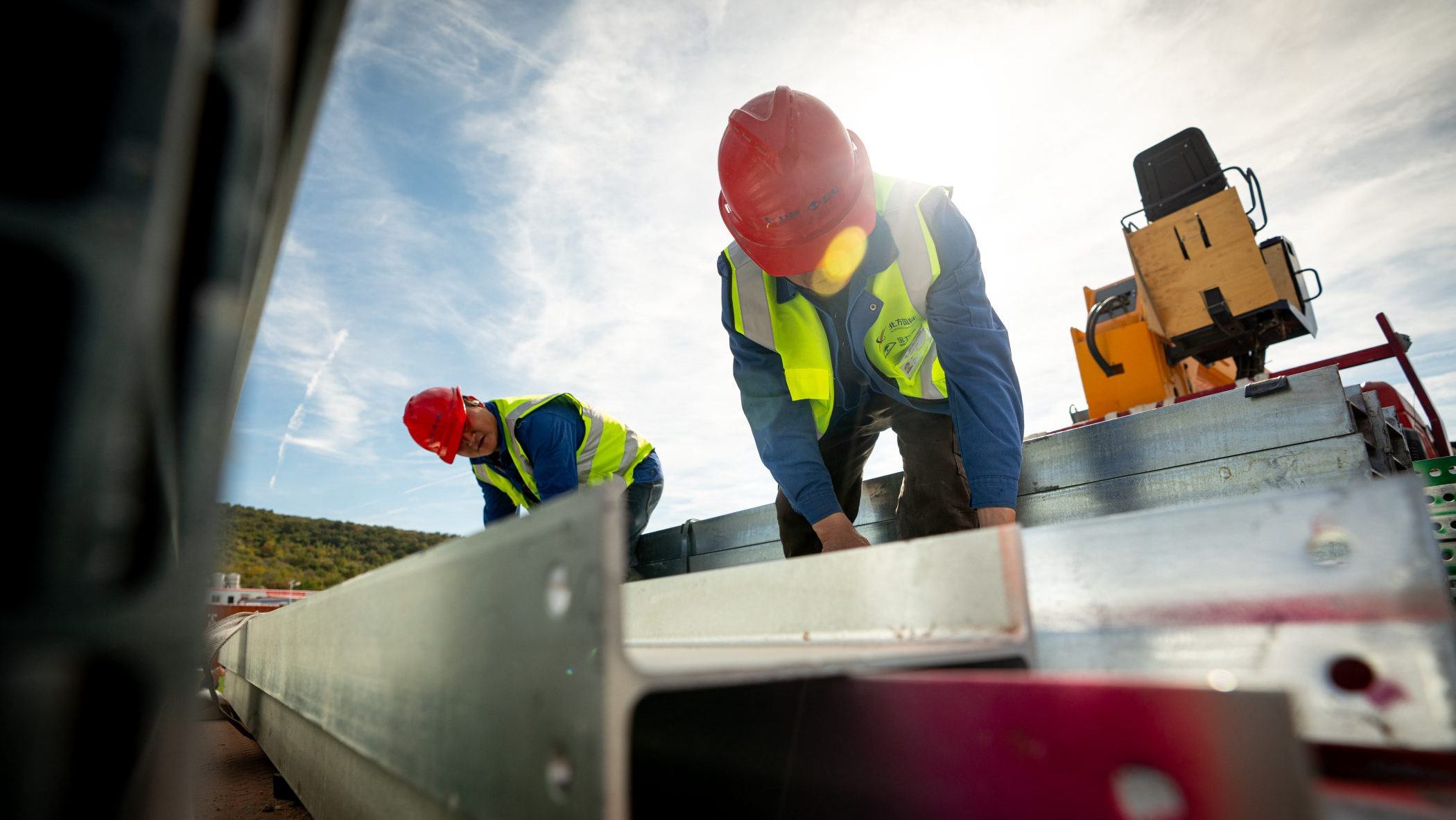This post is also available in: Bosnian
Witness Slobodan Djajic, who performed his civil duty in Zvornik during the course of the war, said that “the command” ordered him to go to Potocari in July 1995, adding he transported civilians for three days.
“Upon my arrival in Potocari, I saw many people from Srebrenica. I transported women, children and the elderly to Kladanjske Luke. Two military policemen escorted each bus.
“On the third day I went to Bratunac in order to transport men to the Kula school building in Pilica. Twelve buses arrived at the location. There were between 40 and 50 people in each of them. (…) We were told that those men were going to be exchanged,” the witness said, adding he heard, later on, that they had been “mistreated and killed”.
The Prosecution of Bosnia and Herzegovina charges Franc Kos, Stanko Kojic, Vlastimir Golijan and Zoran Goronja with having participated in the murder of more than 800 Srebrenica residents on Branjevo military farm in Pilica, Zvornik municipality in July 1995.
The indictment alleges that Kos was Commander of the First Bijeljina Squad, while Kojic, Golijan and Goronja were members of the Tenth Reconnaissance Squad with the Main Headquarters of the Republika Srpska Army, VRS.
Novica Djeric, former member of the VRS Zvornik Brigade, also testified at this hearing. He said he “heard about the fall of Srebrenica” on or around July 12, 1995, adding that he was “requested to issue more fuel than usual” in that period of time.
“I provided fuel to buses and our brigade’s military vehicles. (…) Also, I issued fuel to the Engineering Unit for its construction machines,” the witness said, adding he found out that “some things involving detainees had happened” at that time.
State Prosecutor Dubravko Campara read a part of an earlier statement given by Djeric to the State Investigation and Protection Agency, SIPA, in which he said that most requests for fuel came from “Branjevo and Orahovac”. The witness confirmed his earlier statement at this hearing.
The Prosecution argues that this fuel was used for the machines which buried the murdered Srebrenica residents.
The trial is due to continue on February 22 this year.



